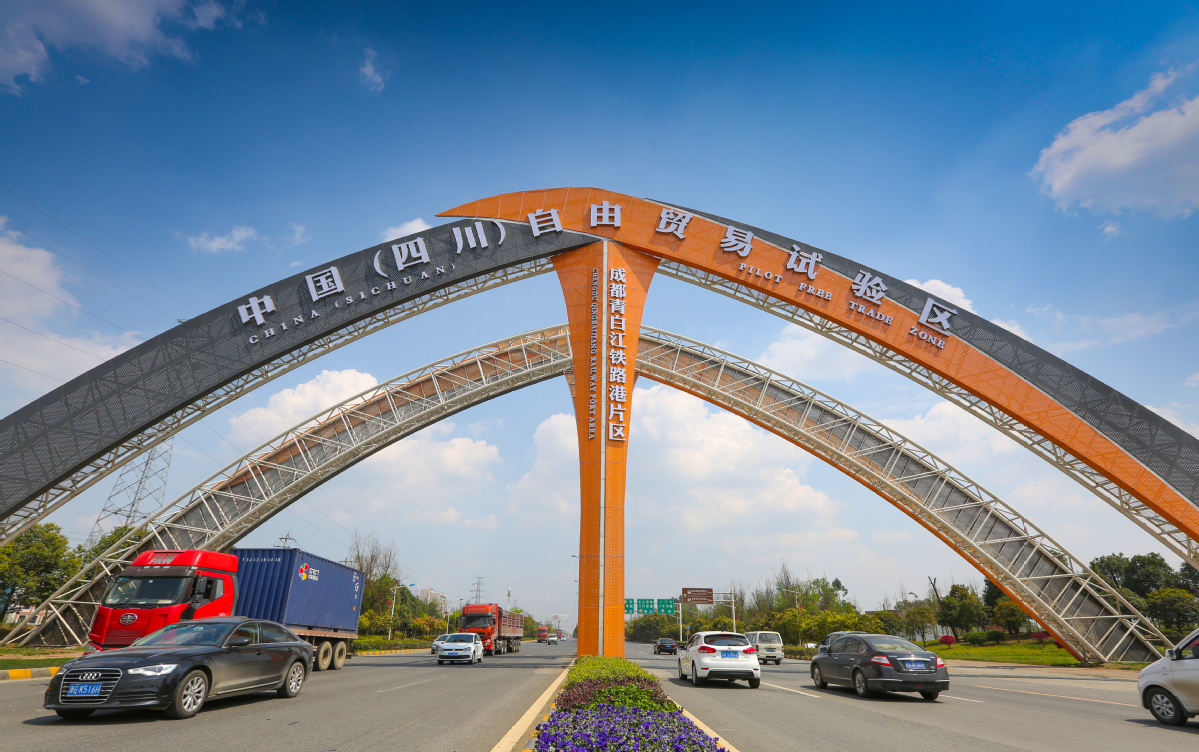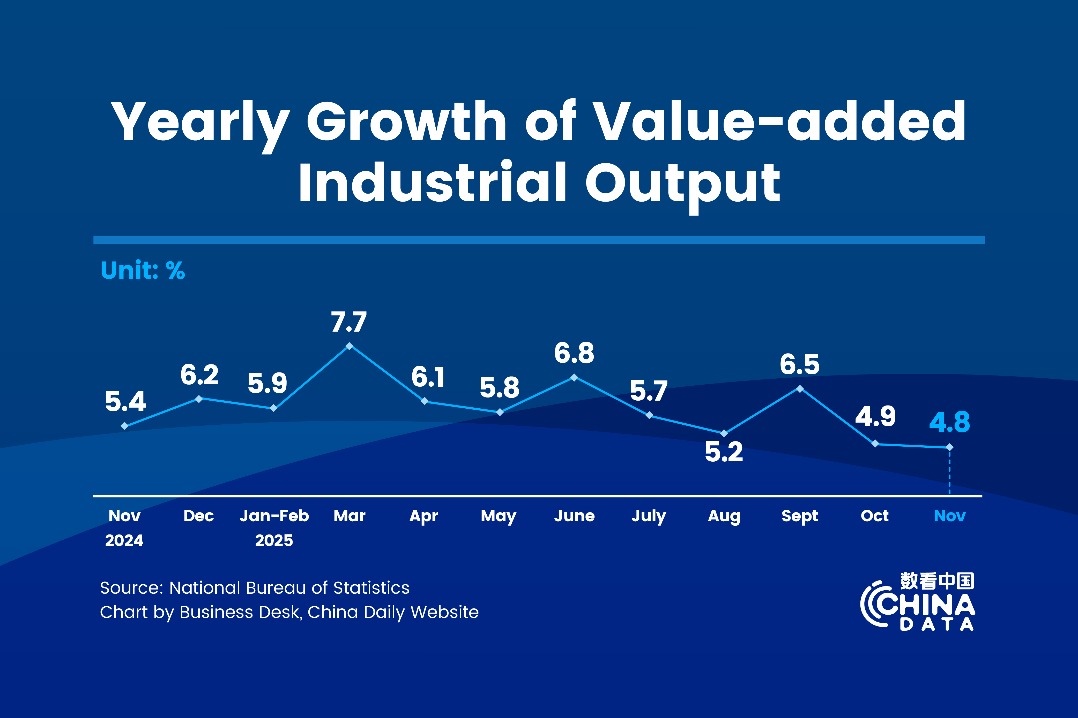Multimodal transport aiding growth path


Key innovation
One significant innovation by the Sichuan pilot FTZ has been the adoption of a multimodal transport-based single bill of lading.
A bill of lading is a legal document issued by a carrier to a shipper that details the type, quantity and destination of the goods being carried. It also serves as a shipment receipt when the carrier delivers the goods to a predetermined destination.
With the multimodal transport-based single bill of lading, enterprises can not only pick up and consign goods, but also ask banks to issue international letters of credit and receive new financing.
Multimodal transport also helps promote the growth of new foreign trade business formats, including cross-border e-commerce and marketplace procurement, as it enables enterprises in Sichuan to sell products directly to foreign clients.
That means those enterprises make more profits due to the avoidance of intermediate dealers. They also do not need to pay extra to buy services for Customs clearance and tax filing.
Helped by the development of the China-Europe Railway Express (Chang'an) and the building of an assembly center for the railway service, Xi'an International Trade and Logistics Park in Xi'an, capital of Shaanxi province, has also been developing multimodal transport to build a world-class inland port and a core hub for the domestic economy.
According to Jia Xiaoli, an official at the trade and logistics park, China-Europe Railway Express (Chang'an) trains have run more than 19,000 times so far, of which over 2,600 took place during the first half of this year.
Based on the train service, the multimodal transport service from Xi'an inland port has integrated both road and sea transport, making Xi'an a key transport hub for the export of products from western China and the import of foreign products into the western region via the eastern region's seaports.
A signature service of the Chang'an rail express-based multimodal transport — which transports goods from China to Mukran seaport in Germany via Kaliningrad seaport in Russia — to use European railways reaching several other countries allows goods to be loaded onto ferries directly without changing or upgrading the bill of lading.
Besides, the Xi'an inland port has become the largest such port for road-rail combined transport in China, offering highly efficient and convenient freight services. It also provides an efficient and rapid transportation channel for small-scale and "less than container-load "goods and those of cross-border e-commerce, Jia said.
Zhou Feng, an executive with Qingdao Port, which is part of the China (Shandong) Pilot Free Trade Zone, said around 65 percent of goods headed for sea transport from the Yellow River region depart from Qingdao Port, and during the first half of this year, the port transported 115.18 million twenty-foot equivalent units of cargo.
"Through years of endeavors in developing multimodal transport, in particular, sea-rail combined transport, Qingdao Port is becoming the most important and convenient outlet to the sea in the Yellow River basin," Zhou said.
Thanks to institutional innovations in promoting multimodal transport, the examination of goods for import and export can be completed efficiently in advance even before they arrive at the port, thus enabling their departure within three hours of arrival.
Furthermore, exports departing from some inland ports are declared at their jurisdictional Customs outlets without undergoing Customs clearance at the Qingdao Port once again.
Zhou Mi, a senior researcher at the Chinese Academy of International Trade and Economic Cooperation, said, "The development of multimodal transport will reduce trade costs and improve efficiency, as well as help pilot FTZs better allocate and attract resources."
That will add more impetus to the development of pilot FTZs and their reform and opening-up, and ultimately promote the building of a new dual-circulation development pattern and facilitate economic growth in the country, he said.




































